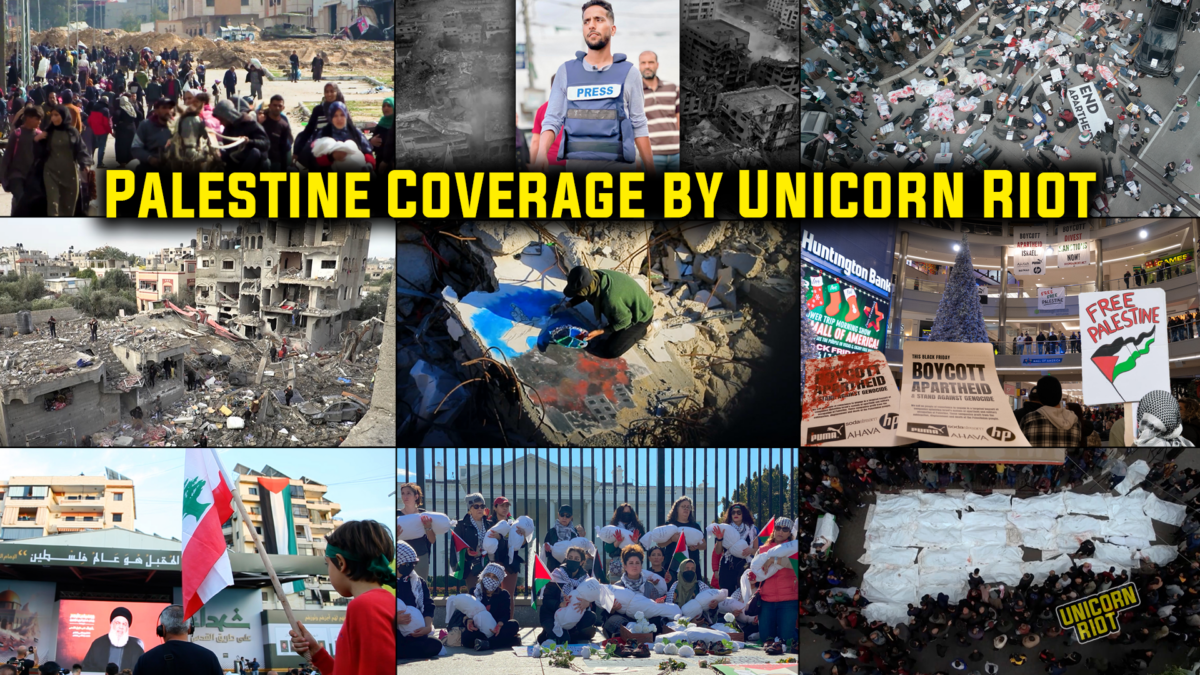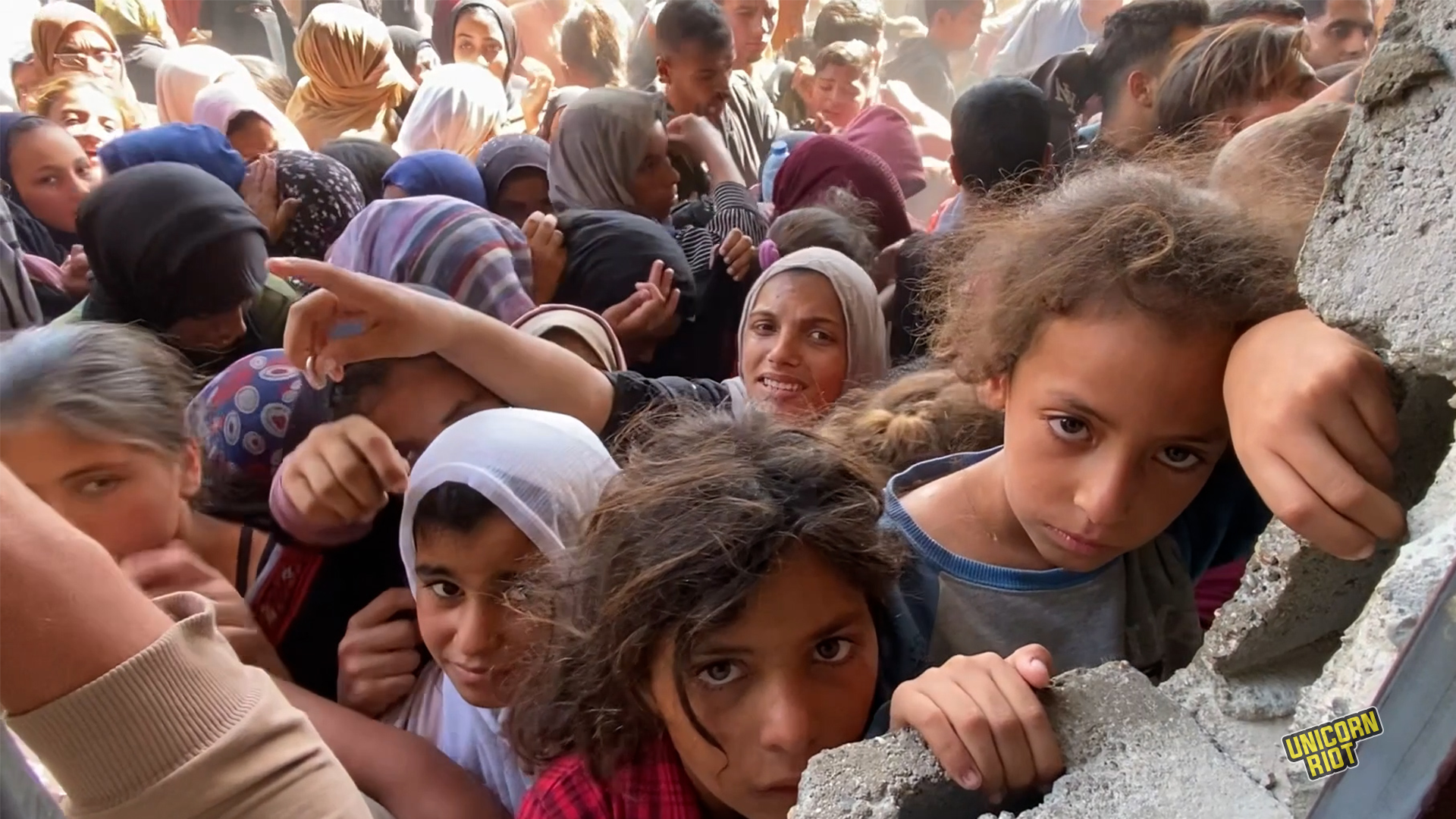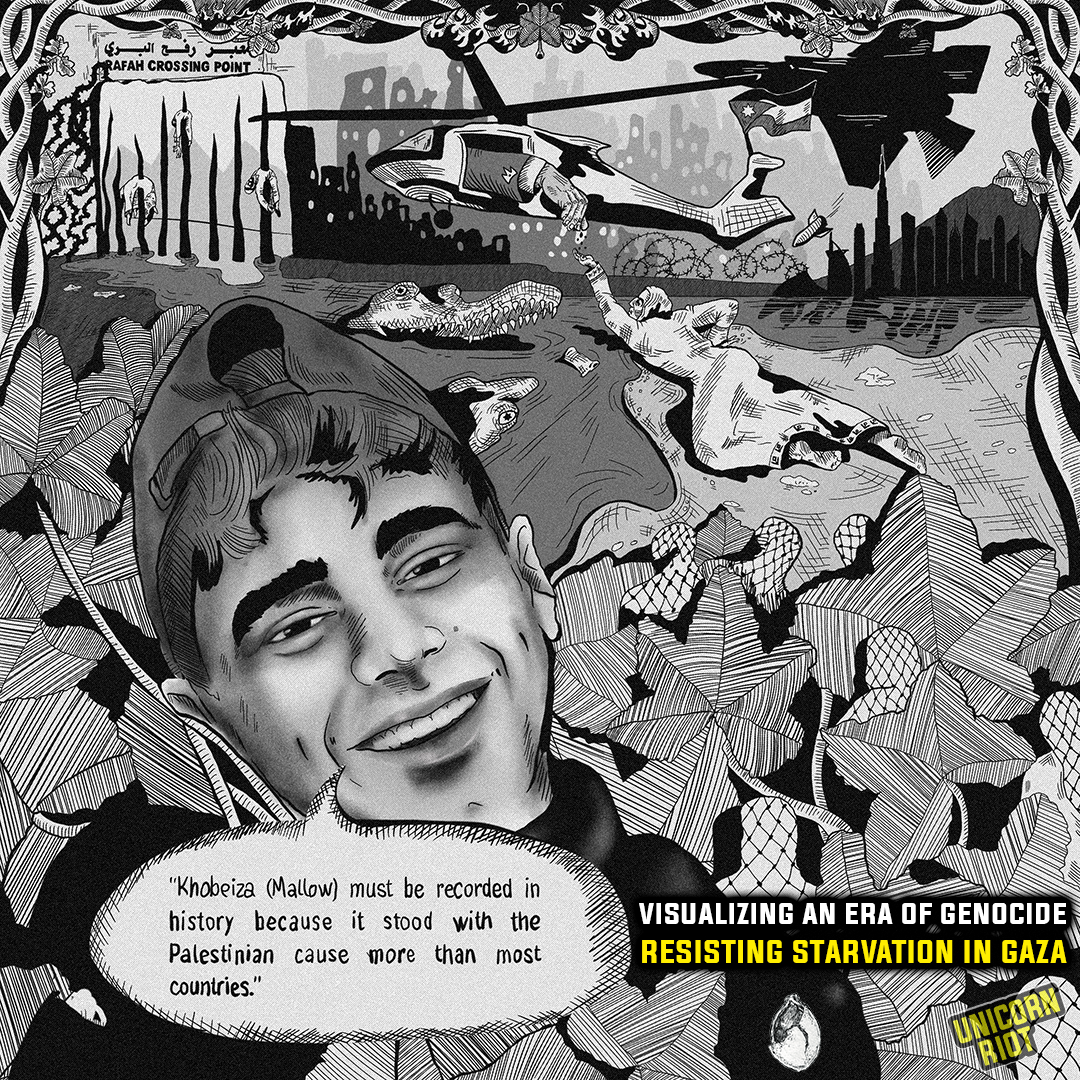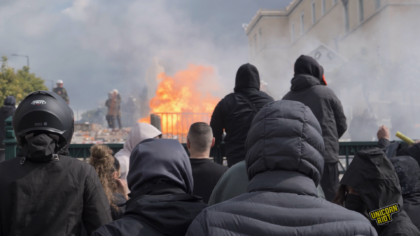Israel Uses Food as a Weapon of War
Gaza, Palestine — Since 2007, Israel has imposed a land, air, and water siege on the Gaza Strip and restricted food entry. Over the last 17 months, that long-standing practice has only become more severe as Israel has used food as a weapon in its war on Gaza, effectively cutting off all access of food and humanitarian aid to the war-torn Gaza Strip for prolonged periods. This act of collective punishment on the civilian population is one of many war crimes that amount to acts of genocide by Israeli forces.
The newest blockade of all food and aid which started a month ago on March 2, 2025 has Gaza reeling again and bakeries have once again closed as of April 1, 2025. Since Israel cancelled the ceasefire with Hamas in early March 2025, Israel has prevented food and supplies entering Gaza while bombarding displaced Palestinians. Israel has killed over 920 people since resuming its attacks, including over 300 children, over a dozen medical workers and several more journalists.
“The crisis we face isn’t limited to one bakery. It affects all bakeries, the entire Gaza Strip,” said Mahmoud Mahna, a bakery owner in Deir Al-Balah. He said the crisis “affects all citizens.”
“It is a crisis of crossing borders. It’s a problem of blocked border crossings with a pile-up of goods stuck on the other side. Due to the closure of crossings, supplies don’t come in. When crossings do open, only poor-quality goods are distributed to bakeries across Gaza in limited quantities. So some bakeries operate, while others can’t. For me, I get a small supply, and my production capacity is high, but I can only operate at 10% of my production capacity. That means I open one day, then I shut down the next. I operate for a day, then close for two. Simply, because there’s no flour. The crossings open one day and close the next. If the crossings were permanently open, large quantities of goods stuck on the other side could come in. This would allow us to supply the market with bread in Gaza and meet the people’s needs.”
Mahmoud Mahna, a bakery owner in Deir Al-Balah
Last year, Unicorn Riot published Resisting Starvation in Gaza, by contributing artists Hisham Rifai and Ayman Makarem, as part of their series Visualizing an Era of Genocide. The illustration featured young Palestinian journalist Aboud Battah. Battah became known for using social media to document the experience of surviving under forced starvation.
In a video posted on his now-deleted Instagram page, Battah explained how Israeli forces targeted Palestinians foraging for food near the militarized border fence where Khobeiza (Mallow) grows. Various types of mallow plants are found across Eurasia, in the hibiscus or Malvaceae family, and have been used as a food source for millennia. Watch the video below.
At least 61,700 Palestinians have been killed by Israel in the besieged Gaza Strip since the Oct. 7 Hamas-led attacks which killed at least 1,139 people in Israel and took 251 Israelis hostage.
For more from Palestine, click on image below.

Follow us on X (aka Twitter), Facebook, YouTube, Vimeo, Instagram, Mastodon, Threads, BlueSky and Patreon.




